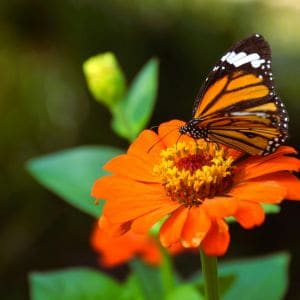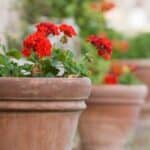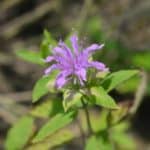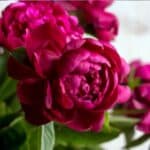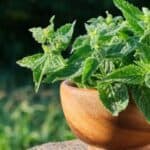Want to bring more color, life, and movement to your garden? Butterflies are not only beautiful to watch but also vital pollinators. By planting the right flowers and foliage, you can turn your outdoor space into a butterfly garden haven. Here are 11 of the best plants to attract butterflies and keep them coming back all season long.
This post may contain affiliate links.
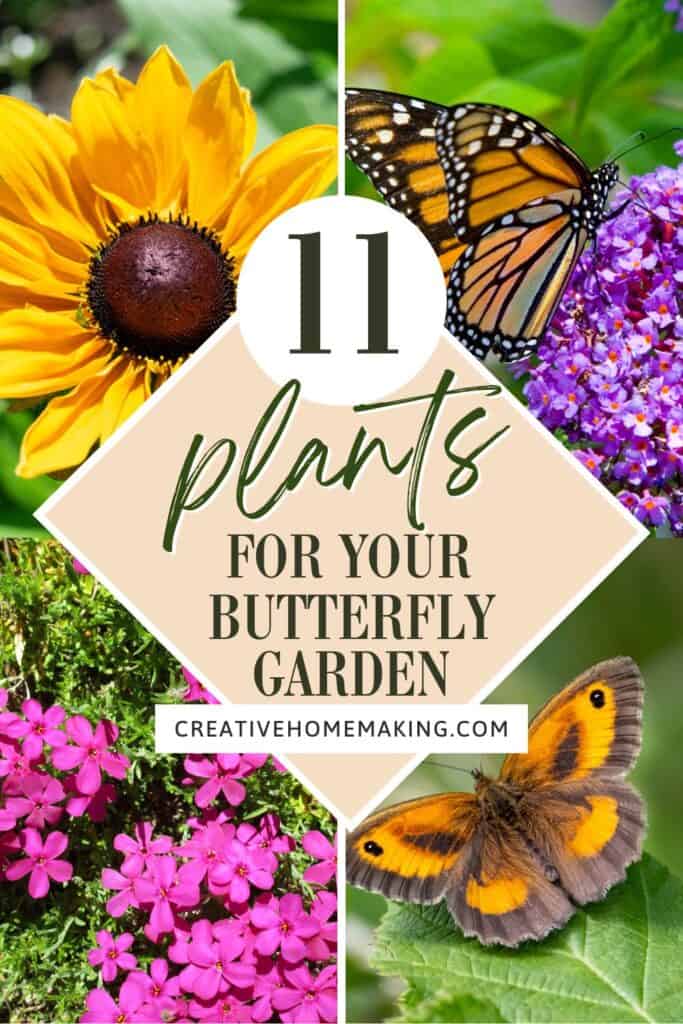
Coneflower (Echinacea purpurea)
A favorite among both gardeners and butterflies, coneflowers are hardy, low-maintenance perennials that provide vibrant color from mid-summer to fall. Their large, daisy-like blooms are rich in nectar, attracting a wide range of butterfly species.
Native to North America, coneflowers thrive in full sun and tolerate drought, making them perfect for pollinator gardens. Plus, their long-lasting flowers double as a beautiful cut flower and a natural seed source for birds in the fall.
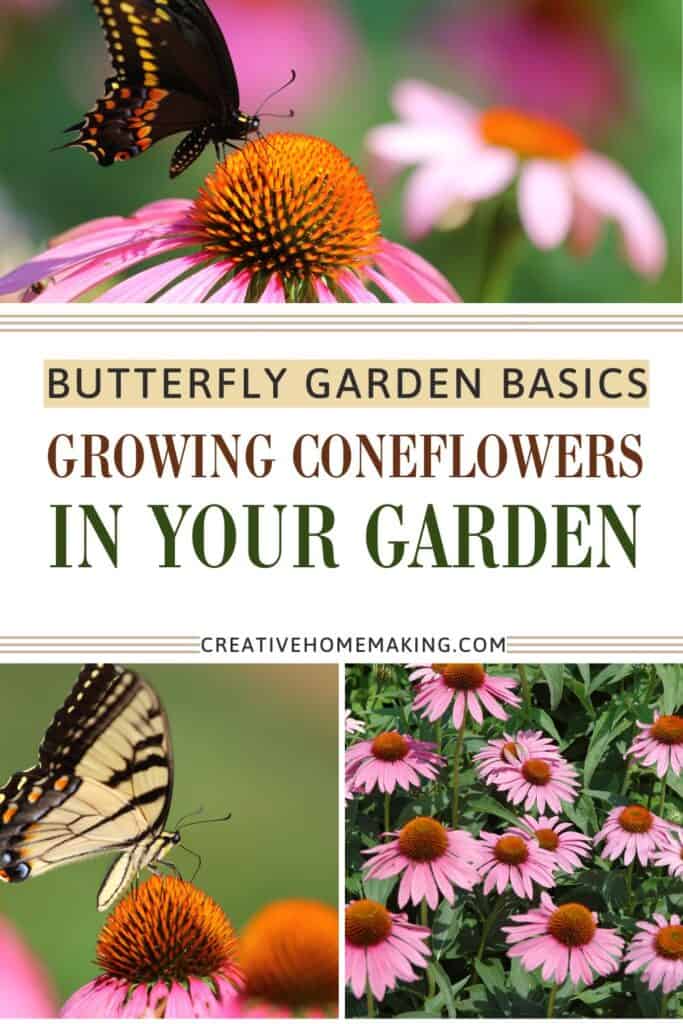
Bee Balm (Monarda spp.)
Bursting with color and rich in nectar, bee balm is a magnet for butterflies, bees, and hummingbirds alike. Its vibrant red, pink, purple, or white blooms appear in mid to late summer, offering a long-lasting food source for pollinators.
A native North American plant, bee balm thrives in full sun to partial shade and prefers moist, well-drained soil. Its aromatic leaves also resist deer and make a great addition to naturalistic or cottage-style gardens. For butterflies, bee balm is both beautiful and beneficial.
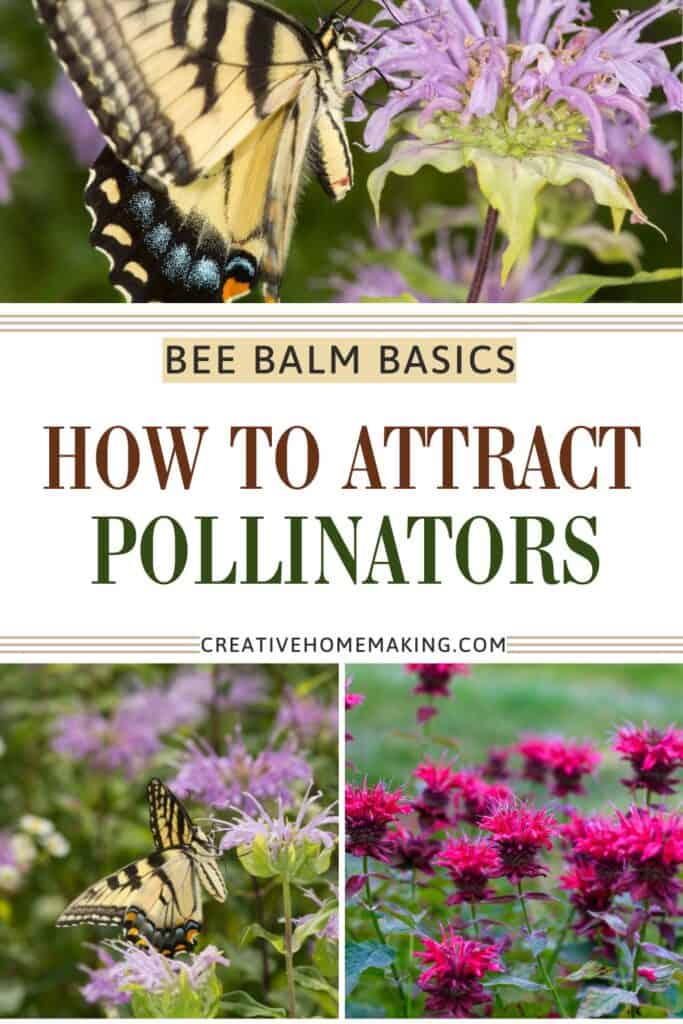
Asters (Symphyotrichum spp.)
Asters are a late-season favorite for butterflies, providing vital nectar when many other flowers have faded. Blooming in shades of purple, blue, pink, and white, these daisy-like perennials attract monarchs, painted ladies, and other migrating species during their fall journey.
Native to North America, asters thrive in full sun and well-drained soil, and they’re easy to grow in borders, meadows, or wildflower gardens. Their late bloom time makes them an essential addition to any butterfly-friendly landscape.
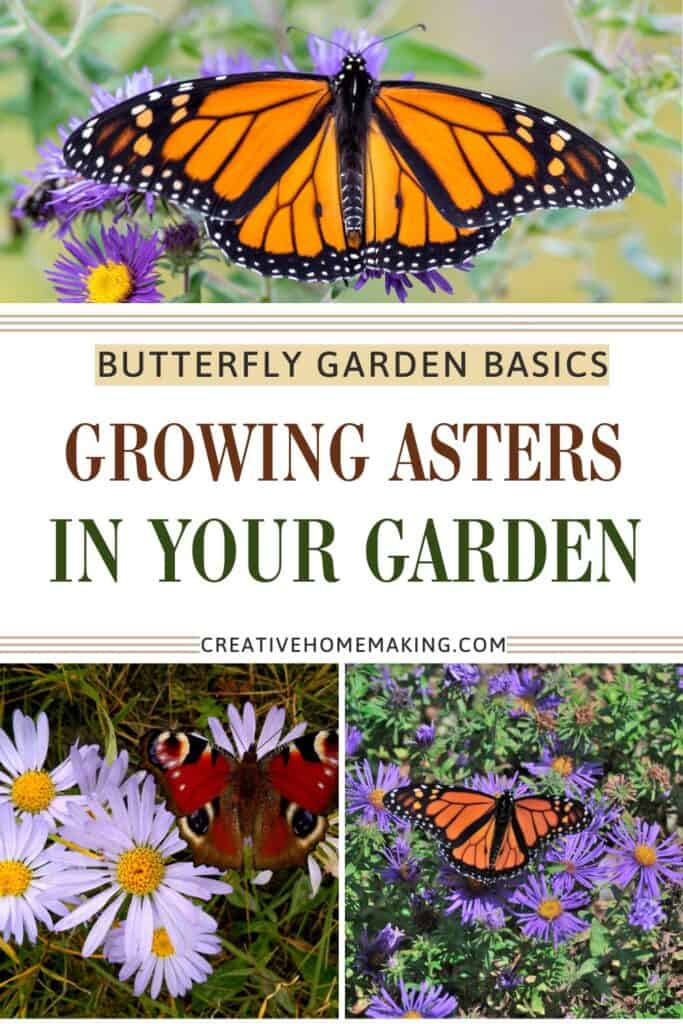
Sunflowers (Helianthus annuus)
Sunflowers are more than just cheerful garden giants—they’re also a great way to attract butterflies. Their broad, nectar-rich blooms provide an abundant food source, especially for larger butterfly species like monarchs and painted ladies.
Sunflowers thrive in full sun and are easy to grow from seed, making them a fun, low-maintenance addition to any garden. As a bonus, their seeds feed birds in the fall, and their height adds bold visual interest to pollinator beds and borders.
Verbena (Verbena spp.)
Verbena is a butterfly magnet known for its clusters of small, vibrant flowers that bloom from spring through fall. Whether you choose trailing varieties for containers or tall types like Verbena bonariensis for garden beds, these plants provide a long-lasting nectar source that attracts butterflies, bees, and other pollinators.
Verbena thrives in full sun, tolerates heat and drought, and requires minimal maintenance—perfect for busy gardeners looking to support wildlife. Its continuous blooms and airy growth habit make it a beautiful and beneficial addition to any butterfly-friendly space.
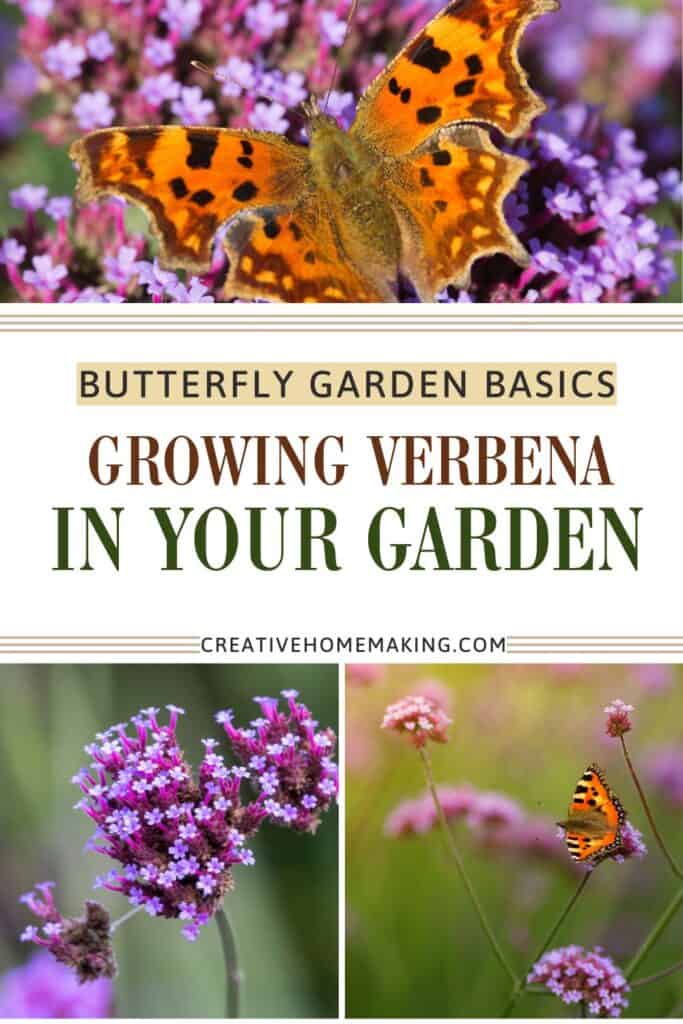
Creeping Phlox (Phlox subulata)
Creeping phlox is a low-growing perennial that forms a vibrant, flower-covered carpet in early to mid-spring—just when butterflies are starting to emerge. Its dense mats of pink, purple, blue, or white blooms provide an early-season nectar source for butterflies and other pollinators.
Ideal for borders, rock gardens, or ground cover on slopes, creeping phlox thrives in full sun and well-drained soil. Beyond its pollinator appeal, it helps suppress weeds and adds a burst of color to the garden when most plants are just waking up.
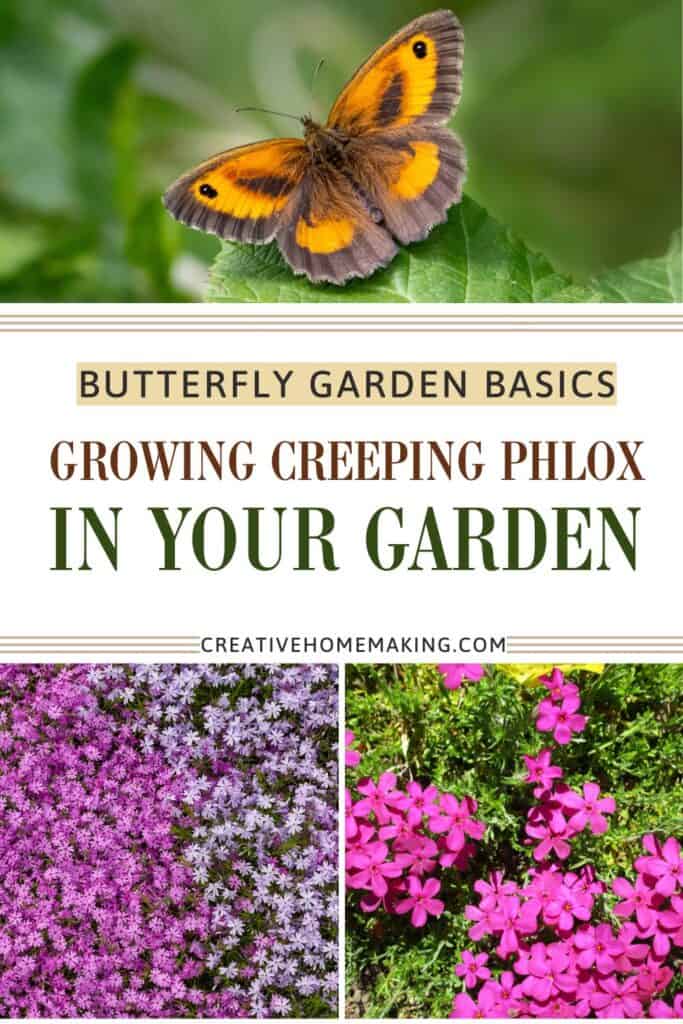
Joe-Pye Weed (Eutrochium purpureum)
Tall, bold, and beautiful, Joe-Pye weed is a native perennial that butterflies can’t resist—especially late in the season. Its large, fluffy clusters of mauve-pink flowers bloom from midsummer to early fall, providing a rich nectar source for monarchs, swallowtails, and other pollinators.
Reaching heights of 4 to 7 feet, Joe-Pye weed adds dramatic vertical interest to pollinator gardens, meadows, and rain gardens. It prefers full sun to part shade and moist soil, making it a standout choice for naturalistic or wildlife-friendly landscapes.
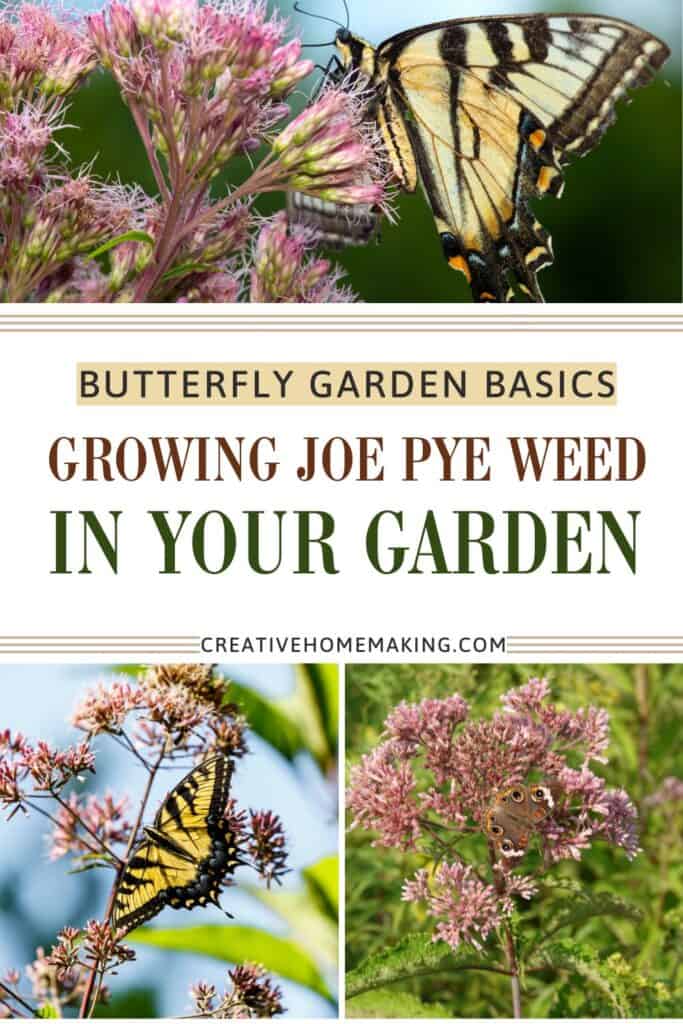
Black-Eyed Susan (Rudbeckia hirta)
Black-eyed Susans are a classic garden favorite and a reliable nectar source for butterflies. Their bright yellow petals and dark brown centers bloom from mid-summer into fall, attracting a wide range of pollinators, including monarchs, fritillaries, and skippers.
These hardy, drought-tolerant perennials thrive in full sun and poor soils, making them ideal for low-maintenance gardens. Native to North America, Black-eyed Susans also reseed easily, helping to create a natural, pollinator-friendly landscape year after year.
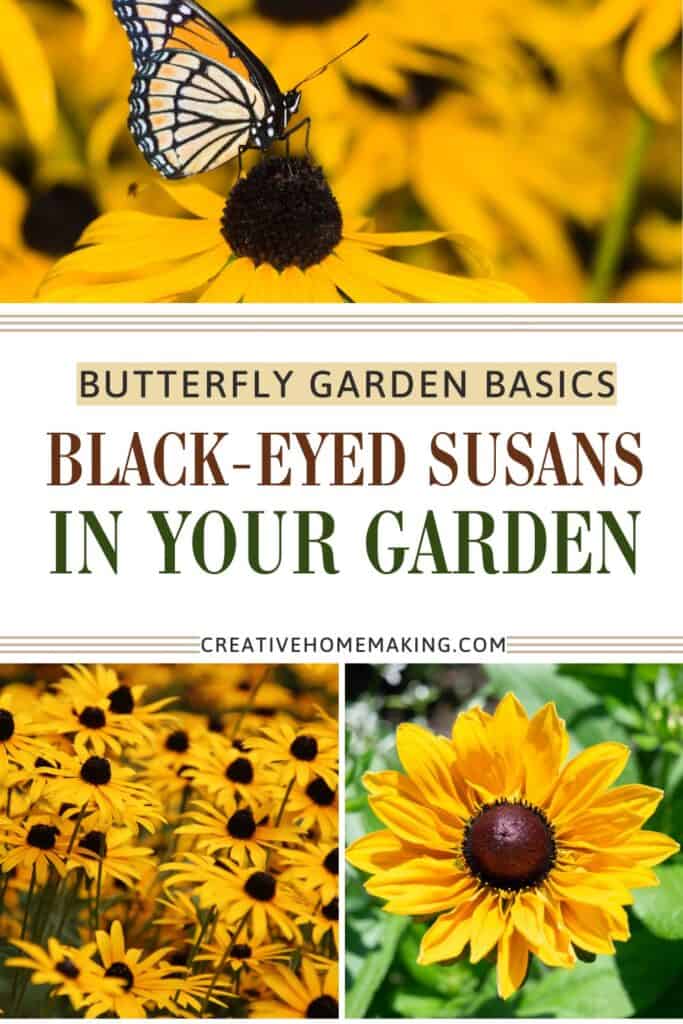
Butterfly Bush (Buddleja davidii)
Known for its long, fragrant flower spikes, the butterfly bush is a top choice for attracting a wide variety of butterflies throughout the summer and early fall. Its dense clusters of tiny flowers come in vibrant purples, pinks, whites, and blues, providing a rich nectar source that keeps pollinators coming back.
Butterfly bushes thrive in full sun and well-drained soil and are prized for their fast growth and long blooming season. However, in some regions, they can be invasive, so it’s best to check local guidelines and consider planting native alternatives if needed.
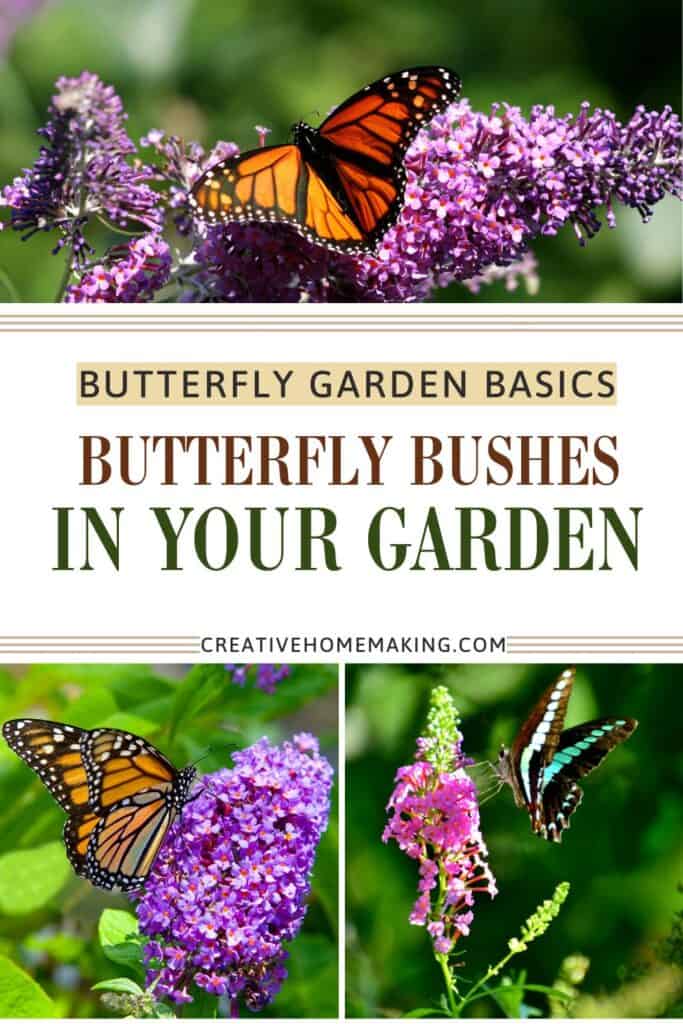
Zinnias (Zinnia elegans)
Zinnias are vibrant, easy-to-grow annuals that are a magnet for butterflies all summer long. Their bright, daisy-like flowers come in a rainbow of colors and bloom heavily from early summer until the first frost, providing a continuous nectar source.
Zinnias thrive in full sun and well-drained soil and are perfect for garden beds, borders, or containers. Because they attract not only butterflies but also bees and hummingbirds, zinnias are a fantastic choice for anyone looking to create a lively, pollinator-friendly garden.
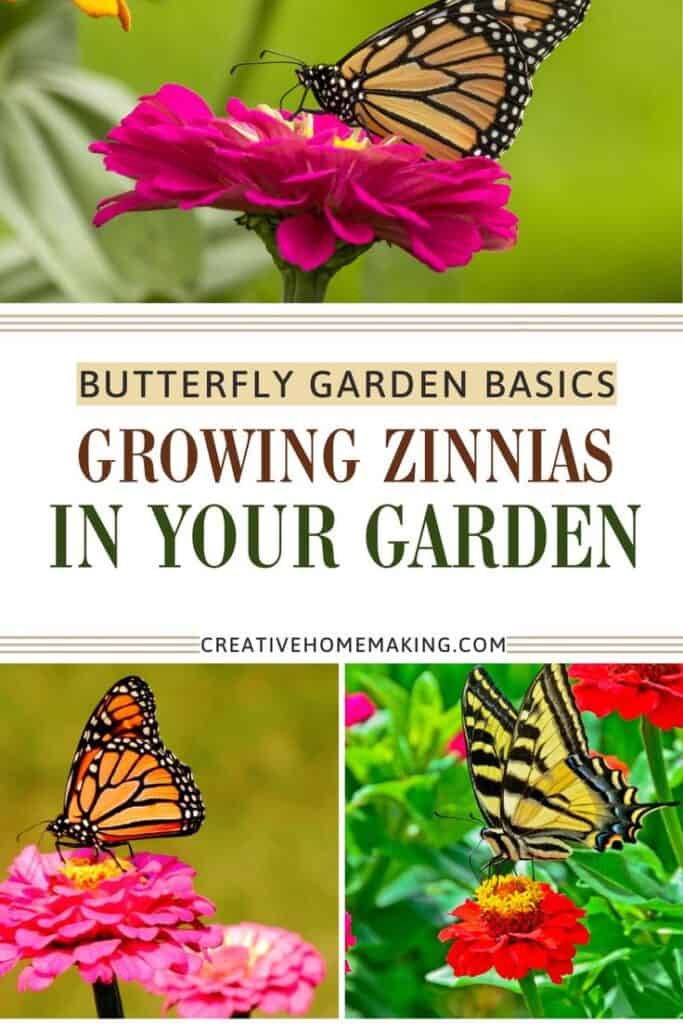
Lantana (Lantana camara)
Lantana is a vibrant, heat-loving plant that’s irresistible to butterflies. Its clusters of small, multicolored flowers bloom continuously from spring through fall, providing a rich and reliable nectar source.
Thriving in full sun and well-drained soil, lantana is drought-tolerant and low-maintenance—making it perfect for warmer climates and busy gardeners. Just a heads-up: lantana can be invasive in some areas, so be sure to check local guidelines or opt for sterile varieties to keep it under control.
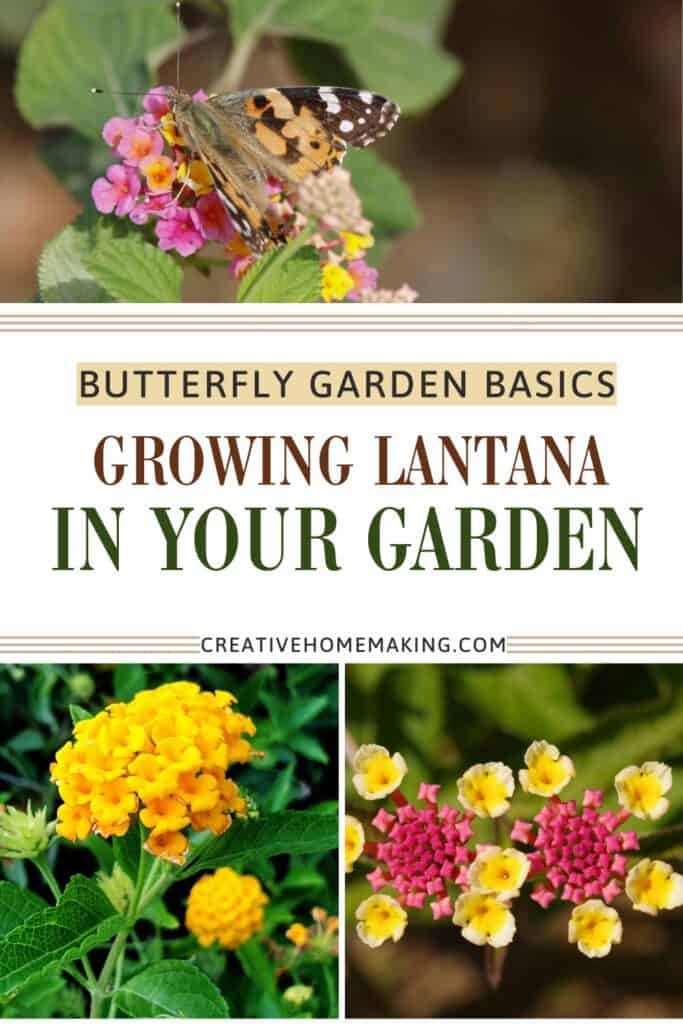
With these 11 butterfly-friendly garden plants, your butterfly garden will become a thriving oasis for pollinators. Whether you have a sunny backyard or a few pots on a balcony, adding just a few of these plants can make a big difference. Choose a mix of nectar sources and host plants to support the full butterfly lifecycle—and enjoy the fluttering rewards.
Follow my Butterfly Garden board on Pinterest.
In case you missed it:
- Coneflower (Echinacea purpurea)
- Bee Balm (Monarda spp.)
- Asters (Symphyotrichum spp.)
- Sunflowers (Helianthus annuus)
- Verbena (Verbena spp.)
- Creeping Phlox (Phlox subulata)
- Joe-Pye Weed (Eutrochium purpureum)
- Black-Eyed Susan (Rudbeckia hirta)
- Butterfly Bush (Buddleja davidii)
- Zinnias (Zinnia elegans)
- Lantana (Lantana camara)
